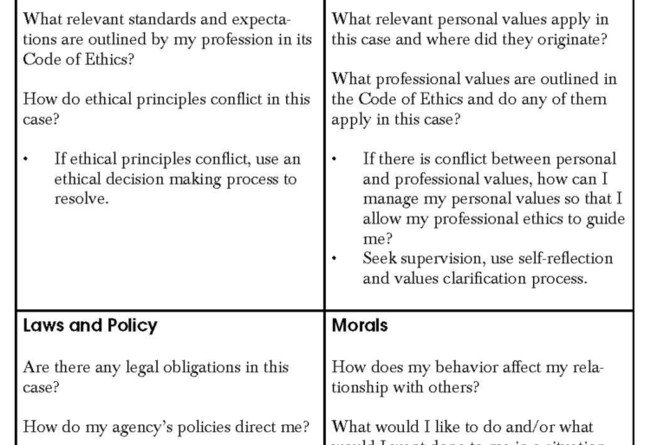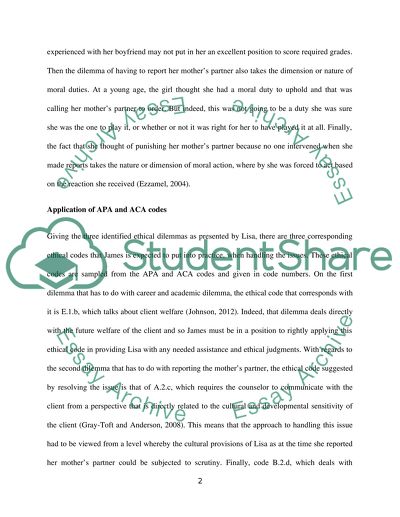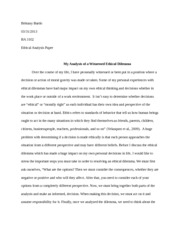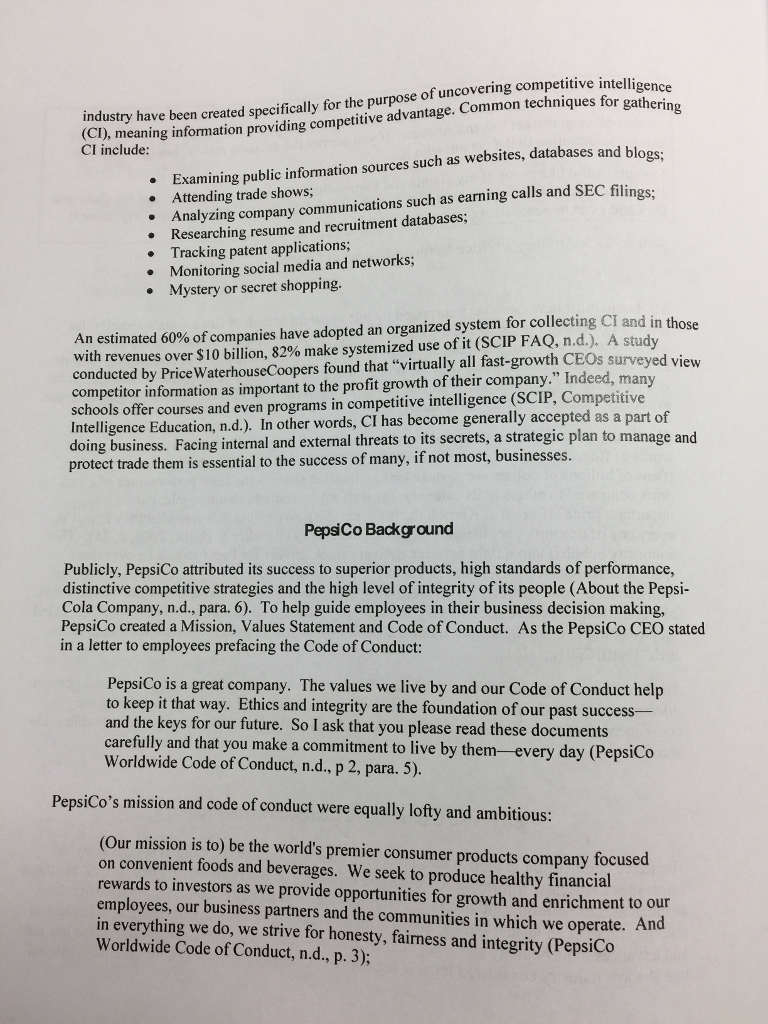Ethical analysis is the process of evaluating a situation or decision through the lens of moral principles and values. It involves considering the potential consequences of an action or decision on all stakeholders involved, and determining whether the action or decision aligns with one's personal or professional ethical code. In this essay, we will provide an example of ethical analysis by examining the case of a pharmaceutical company that is considering whether to release a potentially life-saving drug that has not yet been fully tested for safety.
The first step in the ethical analysis process is to gather all relevant information about the situation. In this case, the pharmaceutical company has developed a new drug that has shown promising results in early clinical trials for a rare and deadly disease. However, the drug has not yet undergone the full battery of safety testing that is typically required before a new medication is released to the public.
The next step is to identify the ethical principles and values that are relevant to the situation. In this case, some of the principles that may be relevant include the principle of non-maleficence, which requires that we do no harm to others, and the principle of beneficence, which requires that we take action to benefit others. Other values that may be relevant include the value of human life, the value of autonomy (the right of individuals to make their own decisions), and the value of fairness (treating all stakeholders equally).
Once the relevant principles and values have been identified, the next step is to consider the potential consequences of each possible action or decision. In this case, the pharmaceutical company has two options: release the drug to the public, or continue testing it until it has been fully approved for safety.
If the company decides to release the drug to the public, it may be able to save the lives of many patients who are suffering from the rare and deadly disease. However, there is also a risk that the drug may have unexpected side effects or other safety concerns that have not yet been identified. If the drug causes harm to patients, it could violate the principle of non-maleficence and potentially undermine the value of human life. On the other hand, if the company decides to continue testing the drug, it may be able to ensure that it is safe for use. However, this decision could also have negative consequences, as it may prevent patients from accessing a potentially life-saving treatment in a timely manner. This decision could also potentially violate the principle of beneficence and the value of human life.
In order to make a fully informed decision, the pharmaceutical company would need to weigh the potential consequences of both options and consider how they align with the relevant ethical principles and values. For example, the company may decide that the potential benefits of releasing the drug outweigh the potential risks, as long as the company takes steps to minimize any potential harm to patients. On the other hand, the company may decide that the potential risks of releasing the drug are too great, and that it is more ethical to continue testing it until it has been fully approved for safety.
Ultimately, the ethical analysis process is a complex and nuanced one that requires careful consideration of all relevant factors. By carefully evaluating the potential consequences of different actions or decisions and considering how they align with our ethical principles and values, we can make more informed and ethical decisions.






